What Is A Good Gpu Percentage – Complete Guide – 2024!
The performance of your computer’s Graphics Processing Unit (GPU) plays a crucial role in determining the overall gaming and visual experience. If you’ve ever wondered whether your GPU is performing optimally, understanding the GPU percentage is vital. But what exactly is a good GPU percentage? How do you interpret it, and why does it matter?
“A good GPU percentage is 70% to 100% during tasks like gaming. If it’s lower, there might be a problem. High usage is normal for hard tasks, and it means your GPU is working well”
A good GPU percentage ensures your graphics card is running efficiently without overheating or being underused. Learn how to monitor and optimize your GPU usage for better performance and longevity. Discover the ideal GPU usage percentage for your needs.
What Is GPU Percentage?
Definition of GPU Percentage
GPU percentage refers to how much of your graphics processing unit’s power is being used at any given time. This metric helps you understand how efficiently your GPU is performing tasks.

Importance of Monitoring GPU Percentage
Monitoring your GPU percentage is important to ensure your system is running efficiently. High usage can lead to overheating, while low usage might indicate underutilization.
Common Misconceptions About GPU Percentage
Some users believe that 100% GPU usage is always a problem. However, it can be normal during intensive tasks. The key is understanding what percentage is optimal for your needs.
Ideal GPU Percentage for Different Activities!
Gaming
For gaming, GPU usage between 70% and 90% is generally good. This ensures smooth gameplay without overburdening your system.
Video Editing and Rendering
During video editing and rendering, a GPU percentage between 85% and 95% is common. These tasks are resource-intensive, so high usage is expected.
General Computing
For general computing tasks, a GPU usage of 20% to 50% is typical. This includes activities like browsing the web, using office applications, and watching videos.
How to Monitor Your GPU Percentage!
Built-In Tools
Most operating systems come with built-in tools to monitor GPU usage. Windows Task Manager and macOS Activity Monitor are common examples.
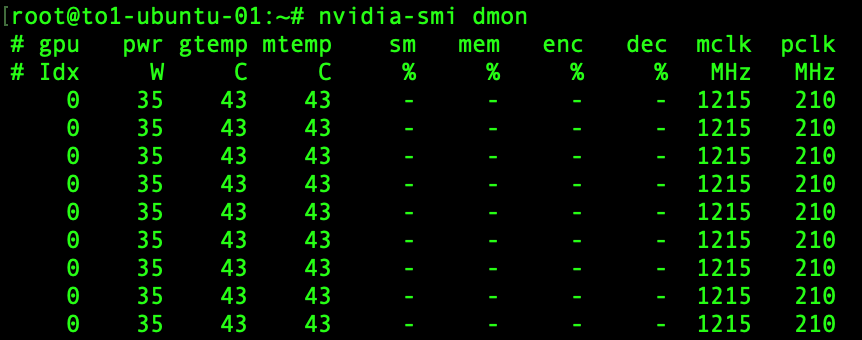
Third-Party Software
Third-party software like MSI Afterburner or HWMonitor provides more detailed GPU monitoring. These tools offer real-time data and can alert you to any issues.
Regular Monitoring Tips
Make a habit of checking your GPU percentage regularly, especially when running intensive tasks. This helps you catch any potential problems early.
What Causes High GPU Usage?
Intensive Applications
Applications like high-end games or 3D modeling software can cause high GPU usage. This is normal but should be monitored to avoid overheating.
Background Processes
Sometimes, background processes can spike GPU usage. Regularly checking for unnecessary applications running in the background can help maintain normal GPU percentages.
Hardware Issues
If your GPU usage is consistently high without any intensive tasks, there might be hardware issues. This could include faulty drivers or an outdated GPU.
How to Optimize Your GPU Usage!
Update Drivers
Keeping your GPU drivers updated ensures it runs efficiently. Updated drivers often include performance improvements and bug fixes.
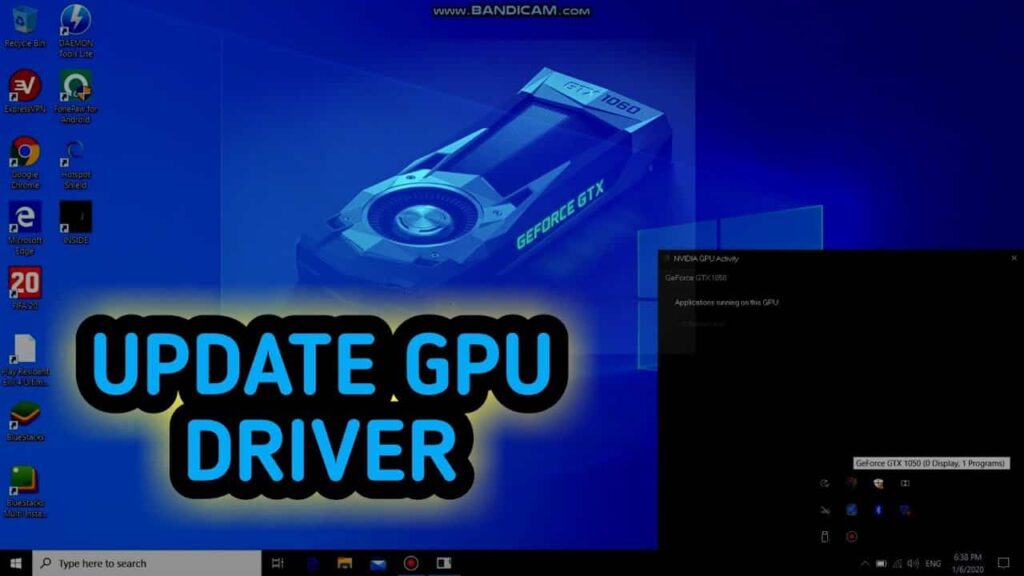
Adjusting Settings
Lowering graphics settings in games or applications can reduce GPU usage. This helps maintain a balance between performance and hardware longevity.
Cooling Solutions
If your GPU usage is high, consider improving your system’s cooling. Better cooling solutions can prevent overheating and ensure stable performance.
What should my GPU percentage be at?
Your GPU percentage should be between 70% to 100% when playing games or using graphics-heavy programs. This range means your GPU is working well without wasting power or slowing down your computer.
Is it OK for GPU to be at 100%?
Yes, it’s okay for your GPU to be at 100% when running demanding tasks, like gaming or rendering. It means your GPU is working hard. Just make sure it stays cool to avoid overheating.
Is 100% Gpu Usage Always Good?
No, 100% GPU usage isn’t always good. It may show that your graphics card is under heavy load, which can cause overheating or reduce its lifespan. Proper cooling and monitoring are needed to ensure safe operation.
Should GPU power be at 100%?
Yes, it’s okay if your GPU power reaches 100% during heavy tasks, like gaming or video editing. It means your GPU is working at full capacity. However, monitor temperatures to avoid overheating.
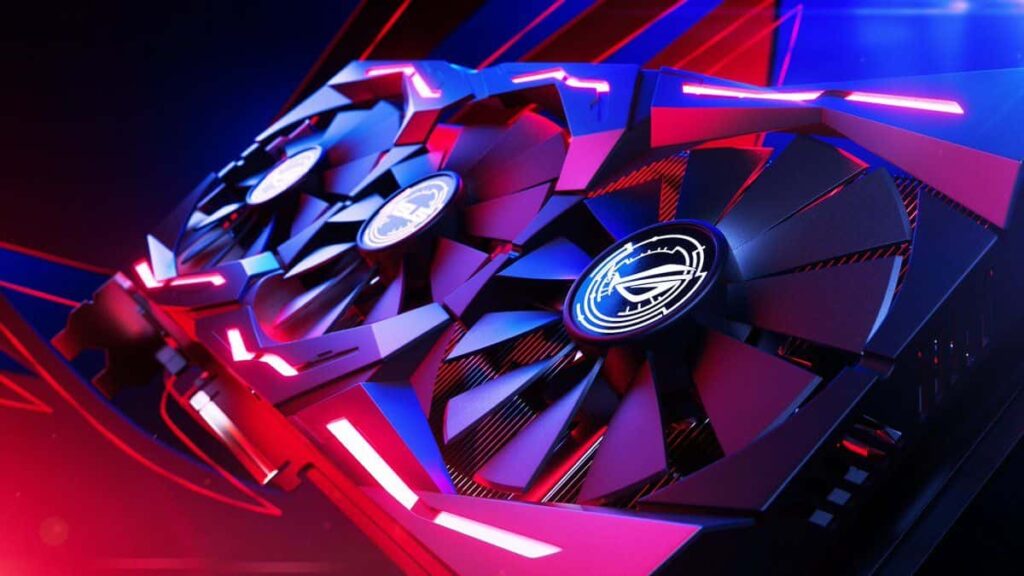
Is 100% GPU usage bad?
No, 100% GPU usage isn’t always bad. It means your graphics card is fully working, which is normal during heavy tasks like gaming. But, if it’s always at 100%, it might cause overheating or shorten its life.
Is 100% GPU Usage Bad or Good?
100% GPU usage is Good if your tasks require high performance, such as gaming or rendering. However, constant 100% usage may cause overheating. Ensure good cooling to prevent damage and maintain long-term performance.
How to Fix 100% GPU When Idle?
Here are answers to fix 100% GPU usage when idle, with clearer instructions:
Boot Your Device to Safe Mode:
Safe Mode can help identify if the issue is due to a driver or software. To enter Safe Mode:
- Press Win + R to open the Run dialog.
- Type `msconfig` and press OK.
- In the Boot tab, select Safe boot, then click OK and restart your device.
Turn off Background Software:
Disabling unnecessary background programs can reduce GPU usage. Follow these steps:
- Open System Configuration by typing `msconfig` in the search bar.
- In the Services tab, check Hide all Microsoft services then click Disable all and press OK.
- Under the Startup tab, click Open Task Manager.
- In the Startup tab of Task Manager, right-click on each enabled item and select Disable.
Reinstall Your Graphics Card Driver:
Reinstalling the graphics driver ensures it is not corrupted. To do this:
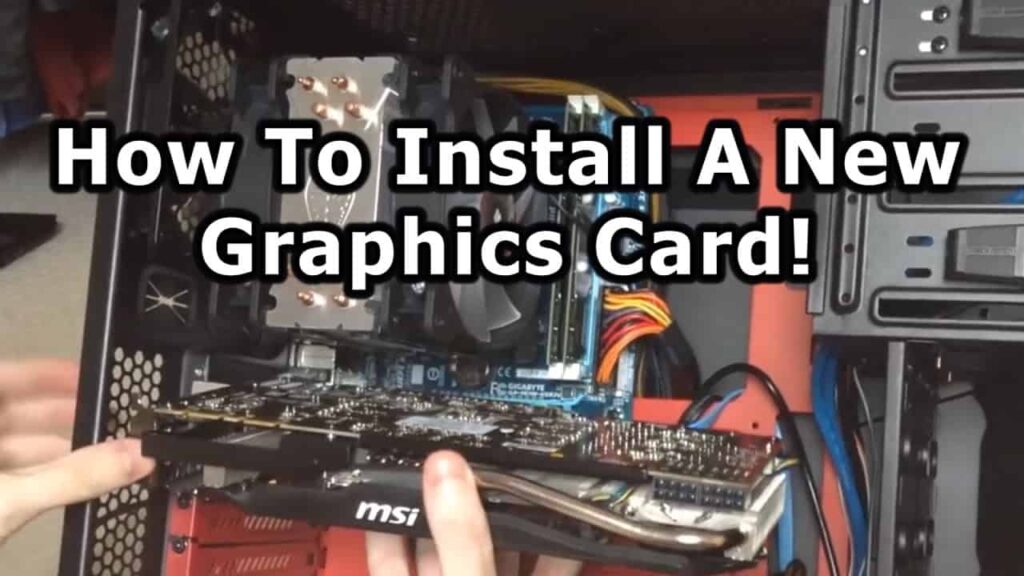
- Search for and open Device Manager.
- Expand Display adapters, right-click your graphics card, and select Uninstall device.
- Check Delete the driver software for this device, then confirm with Uninstall.
- Restart your computer. The system will reinstall the graphics driver automatically.
Update the Graphics Driver:
Keeping your graphics drivers updated can resolve various issues:
- Open Device Manager and expand Display adapters
- Right-click on your graphics card and choose Update driver.
- Click Search automatically for drivers and let the system find and install the latest drivers.
What does 99% GPU mean?
99% GPU usage means your graphics card is working at almost full capacity. This is common during heavy tasks like gaming or video editing, indicating that the GPU is being used efficiently for the task.
100% GPU Usage, 40% CPU – Good Or?
100% GPU usage with 40% CPU is usually good. It shows your GPU is working hard while the CPU isn’t overloaded. This balance often leads to better performance, especially in gaming or graphic tasks.
Is 15% – 45% CPU Usage While Gaming Normal?
Yes, 15% to 45% CPU usage while gaming is normal. It shows that your CPU has enough power for the game without being overloaded. This range is common and usually means your system is running well.
Can Anyone Tell Me How Much GPU Usage Is Safe?
A safe GPU usage typically ranges from 70% to 90% during gaming or heavy tasks. This level keeps your GPU working efficiently without overheating, ensuring stable performance. Monitor temperatures to avoid exceeding safe limits.
Is It Okay For My Gpu To Be At 100?
Yes, it’s okay for your GPU to be at 100% when running heavy tasks, like gaming or rendering. It means your GPU is working hard. Just make sure it stays cool to avoid overheating.
What is a good gpu percentage for gaming?
A good GPU percentage for gaming is around 70% to 85%. This range shows that your GPU is working hard enough to deliver smooth gameplay without being overworked. Adjust settings if it’s too high or low.
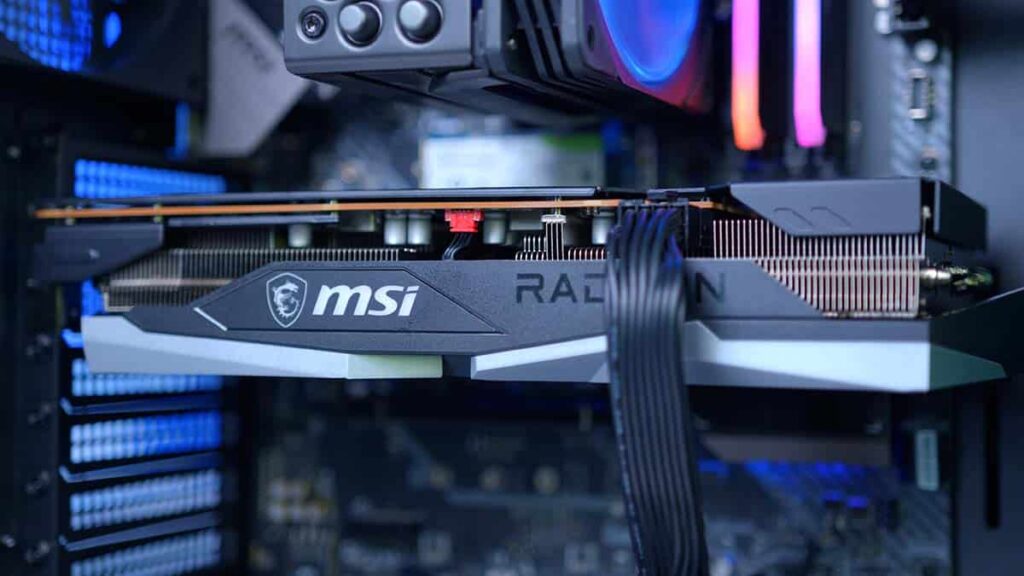
What is Normal GPU usage idle?
Normal GPU usage when idle is usually between 0% and 10%. This low usage means your GPU is not working hard, which helps it stay cool and run efficiently.
Why is my GPU utilization so low?
Low GPU utilization can happen if your PC is not running demanding programs or if there are bottlenecks elsewhere, like in the CPU or RAM. Check your system’s overall performance and settings for better balance.
How to Improve Your GPU Utilization
Improve Your GPU Utilization:
- Update Drivers: Ensure your graphics card drivers are up-to-date. Use Device Manager or your GPU manufacturer’s software.
- Optimize Software Settings: Adjust settings in the software or game to balance between GPU load and performance. Consider enabling features like V-Sync or adaptive resolution.
- Overclock GPU: If your system allows, consider overclocking your GPU for increased performance. Be cautious and monitor temperatures.
- Close Unnecessary Programs: Free up GPU resources by closing background applications or tasks that are not needed.
Zero GPU Utilization:
- Check Hardware Connection: Make sure the GPU is properly connected to the motherboard and power supply.
- Verify System Settings: Ensure that the system is set to use the dedicated GPU and not an integrated GPU for demanding applications.
- Update or Reinstall Drivers: If the drivers are outdated or corrupt, reinstalling or updating them may resolve the issue.
- Check for Hardware Issues: If the GPU isn’t recognized, there might be a hardware failure. Testing the GPU in another system can help diagnose this.
Low GPU Utilization:
- Check CPU Bottleneck: If the CPU is too weak to handle the game or software, it may limit the GPU’s performance. Consider upgrading the CPU or optimizing CPU usage.
- Adjust Graphics Settings: Increasing graphics settings in games or applications can raise GPU usage. If settings are too low, the GPU might not be fully utilized.
- Update Software: Ensure that the software or game is updated to the latest version, as updates often include performance optimizations.
- Enable High-Performance Mode: In power settings, choose a high-performance power plan to ensure the GPU is not being limited by power-saving features.
Can Background Processes Affect GPU Utilization?
Yes, background processes can affect GPU utilization. If too many programs are running, they can use GPU resources, leading to lower performance in games or applications. Managing background tasks can help maintain better GPU efficiency.
What Does 99% GPU Mean?
When a GPU shows 99% usage, it means the graphics card is working at nearly full capacity. This high usage is common in demanding games or applications and ensures the GPU is performing efficiently.
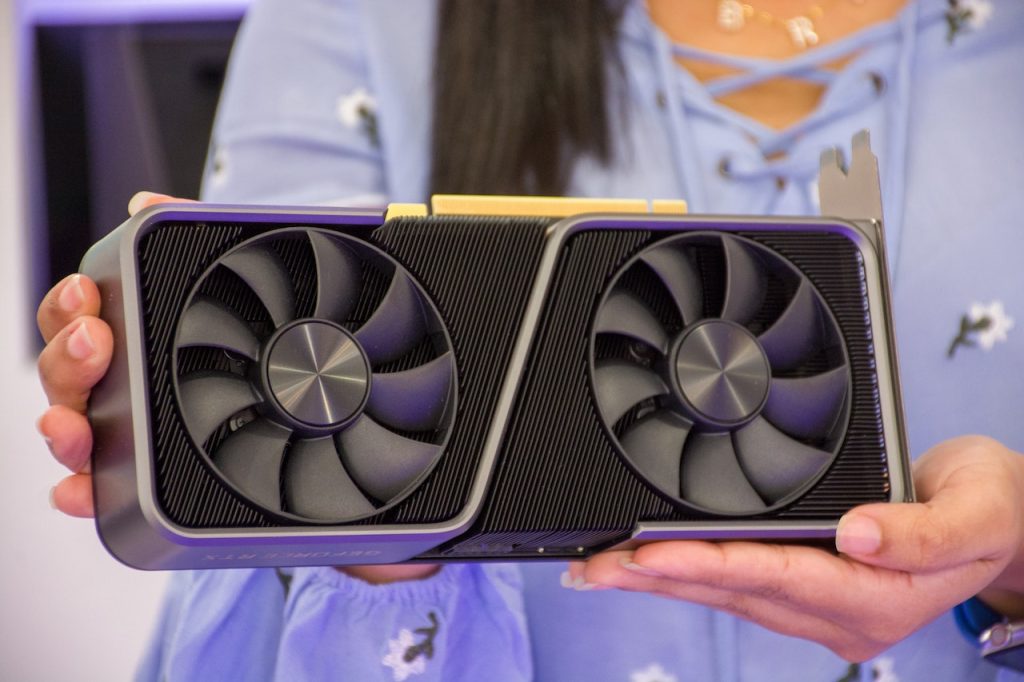
Is GPU Usage At 98% Ideal?
A GPU usage of 98% is generally high but can be ideal if your system is performing well and temperatures are stable. It means your graphics card is working hard, but ensure it’s not overheating or causing issues.
Is 80-90 GPU Usage Good?
Yes, An 80-90% GPU usage is generally good. It shows your graphics card is working hard but not too hard. It balances performance and cooling, so your games or apps run smoothly without risking damage.
Is 80 GPU Normal?
An 80% GPU usage is normal during demanding tasks like gaming or video editing. It shows your graphics card is working hard but not always at its maximum. Make sure your system stays cool to avoid overheating.
Is 70 Bad For A GPU?
No, A 70% GPU usage is generally not bad. It means your graphics card is working hard but not overloading. If you see this level often, it’s usually fine unless you experience issues like overheating.
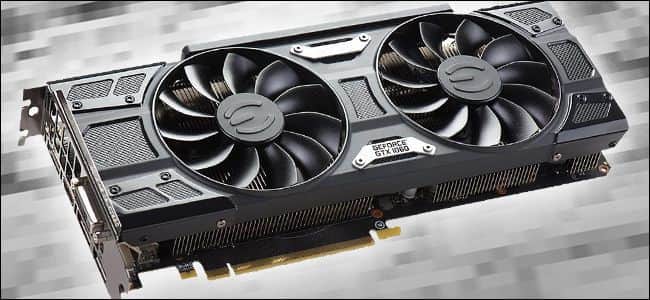
Is 70 GPU Usage Ok?
Yes, 70% GPU usage is generally okay for most tasks. It means your graphics card is working hard but not being overused. Keep an eye on temperatures to ensure it stays safe and performs well.
FAQ’s:
How Much GPU Is Good?
A good GPU amount depends on what you need it for. For gaming, 6-8 GB is often enough. For more demanding tasks, like video editing, you might need 8-12 GB or more.
How Powerful Should My GPU Be?
Your GPU should be powerful enough to handle your tasks smoothly. For gaming or heavy software, aim for a high-performance GPU. For basic tasks, a mid-range or entry-level GPU will work well.
Is 20% Gpu Usage Normal?
Yes, 20% GPU usage can be normal, especially if you’re not running demanding tasks. It means your GPU is not being fully used, which is fine for lighter activities or when the system is idle.
What should my CPU utilization be?
Your CPU utilization should be between 20% and 80% during normal use. If it is too high, it may mean your computer is overloaded. If it’s too low, your CPU might not be used effectively.
What should CPU usage be when gaming?
When gaming, your CPU usage should ideally be between 50% and 80%. If it’s too high, it might indicate your CPU is struggling, while too low could mean it’s not being fully utilized.
How Much GPU Usage Is Normal for Efficient Computing Performance?
For efficient computing, GPU usage should typically be between 50% and 85%. This range helps ensure smooth performance without overloading the system or causing unnecessary heat. Monitor your GPU to stay within this range.
Can Low GPU Usage Be Harmful?
No, Low GPU usage isn’t usually harmful, but it may mean your GPU isn’t being fully used, leading to lower performance in games or tasks. It’s best to ensure your system is properly optimized.
Conclusion:
In conclusion,
A good GPU percentage varies by task: 70-100% is ideal for gaming, 85-95% for video editing, and 20-50% for general use. Regular monitoring and maintaining proper cooling are key to ensuring your GPU performs efficiently without overheating
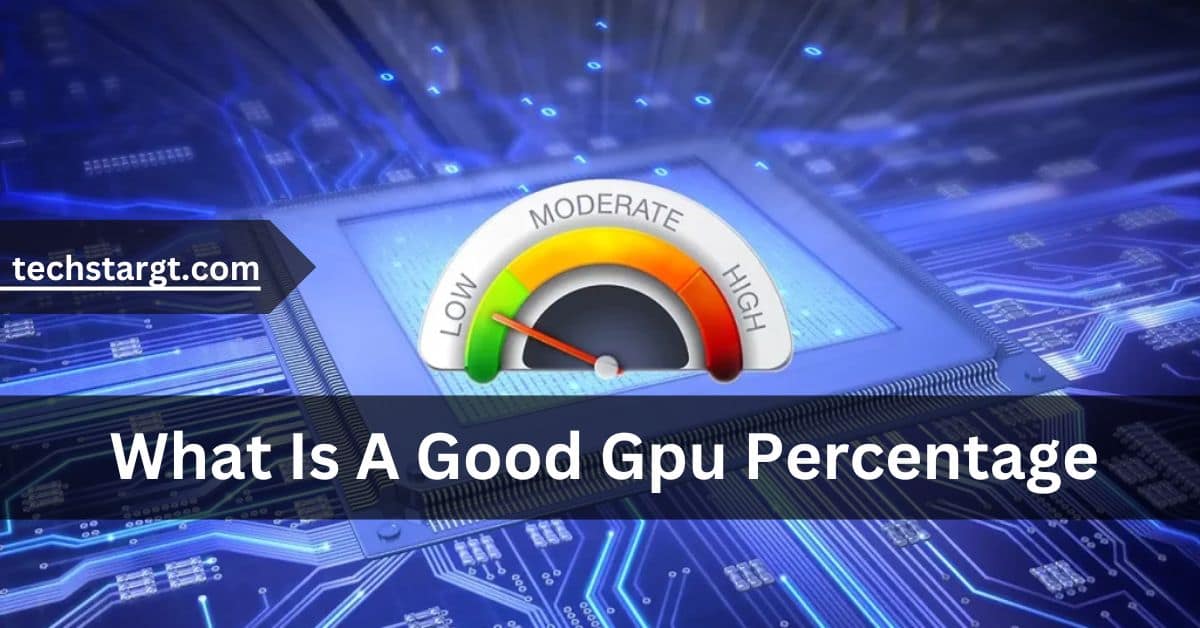
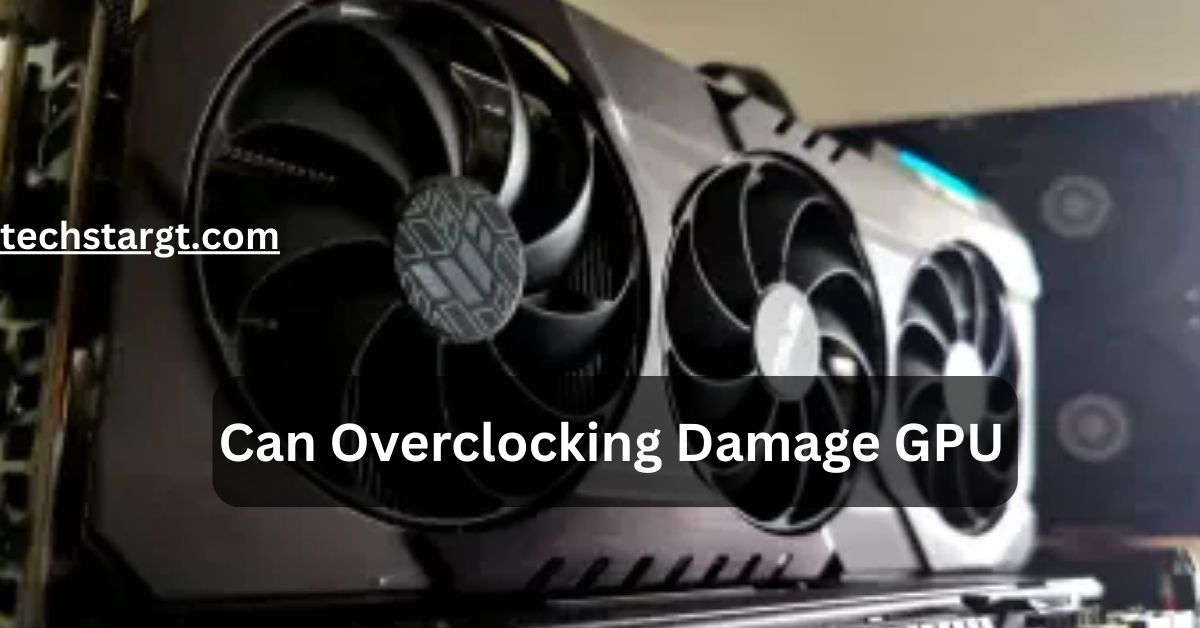

2 comments